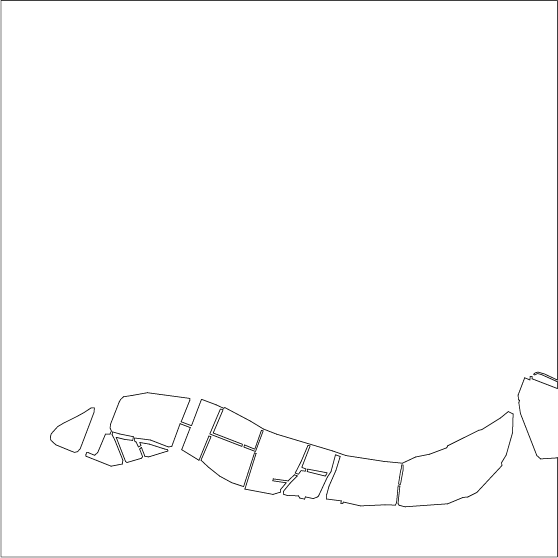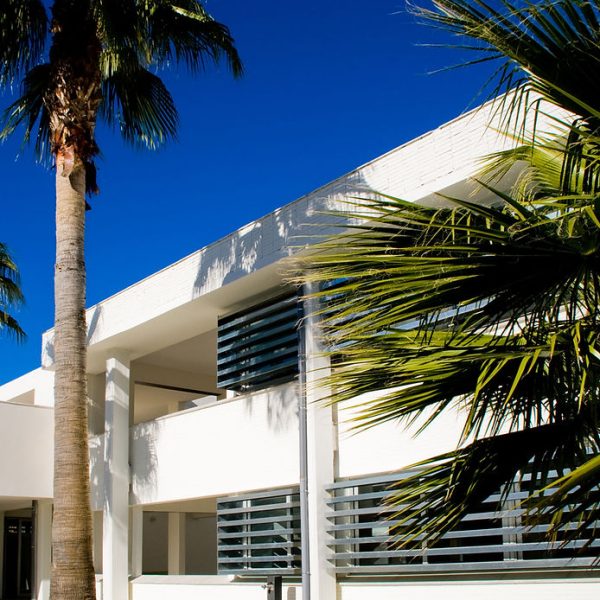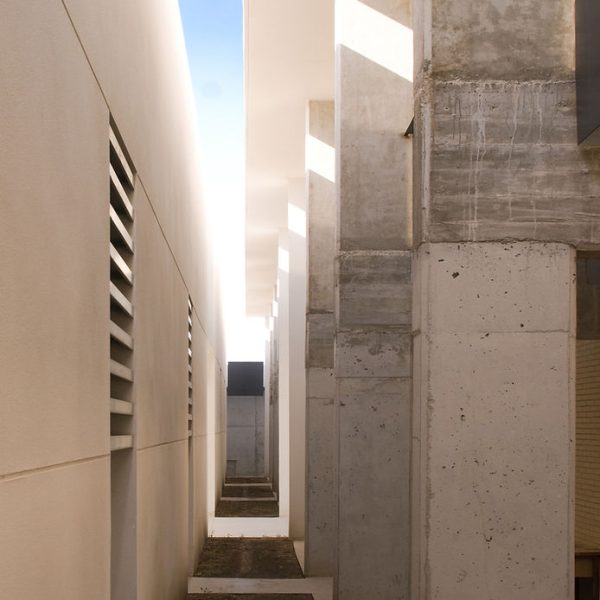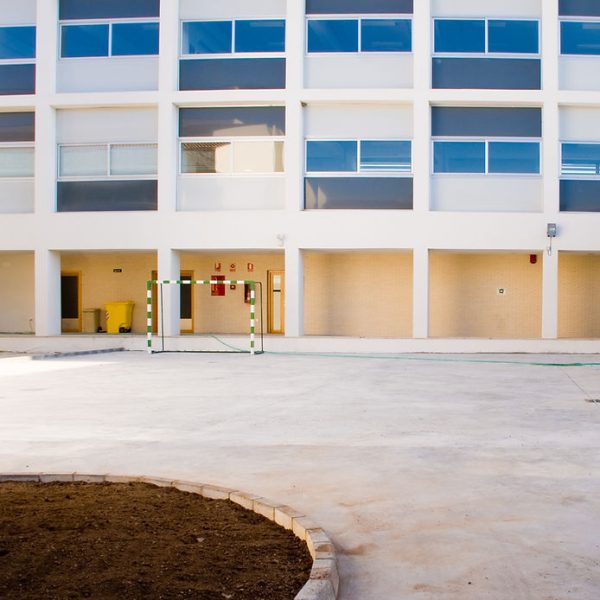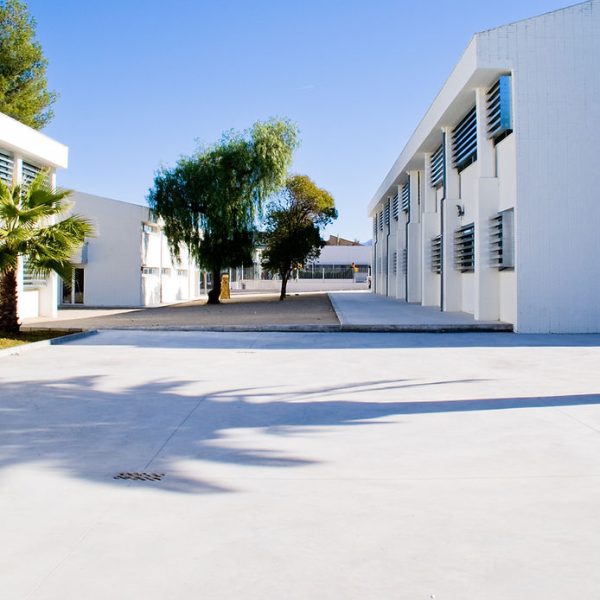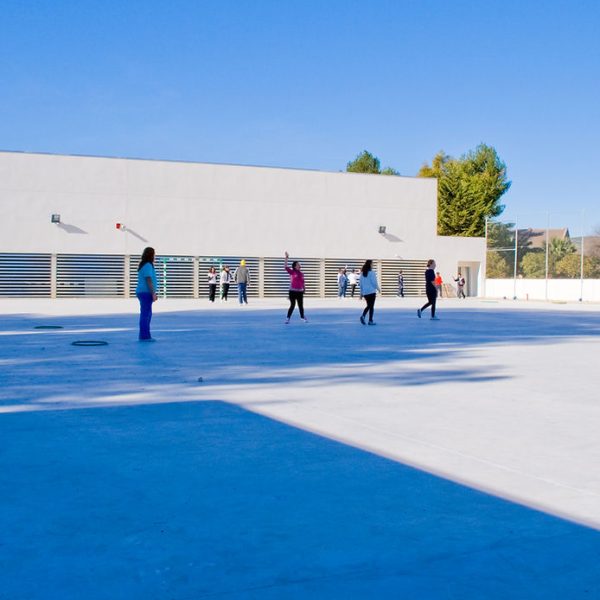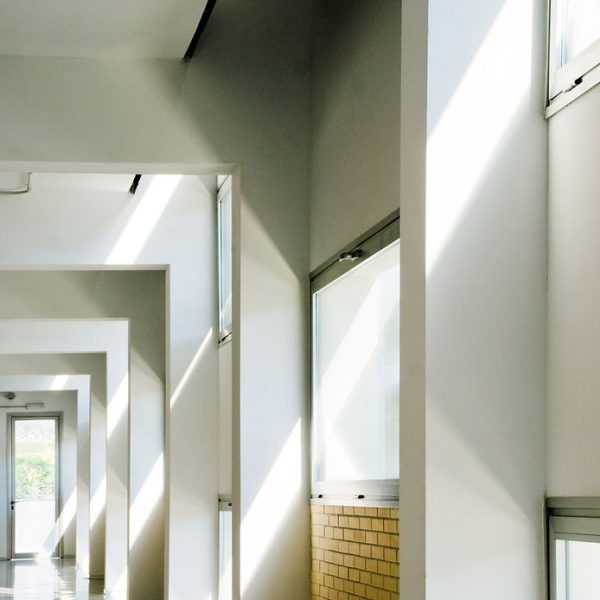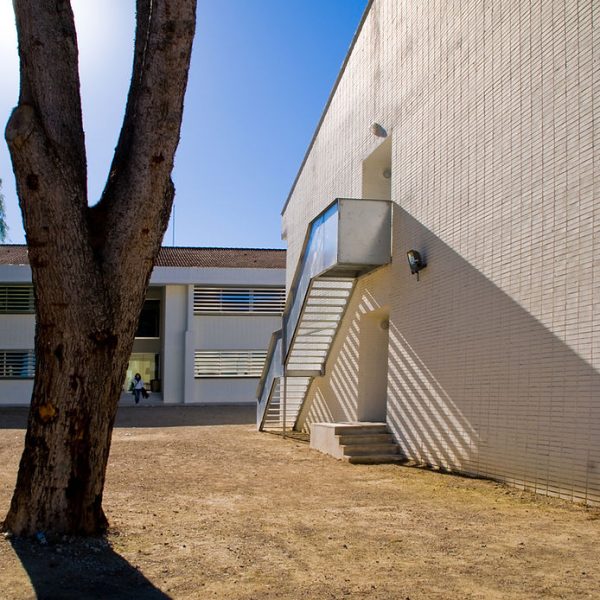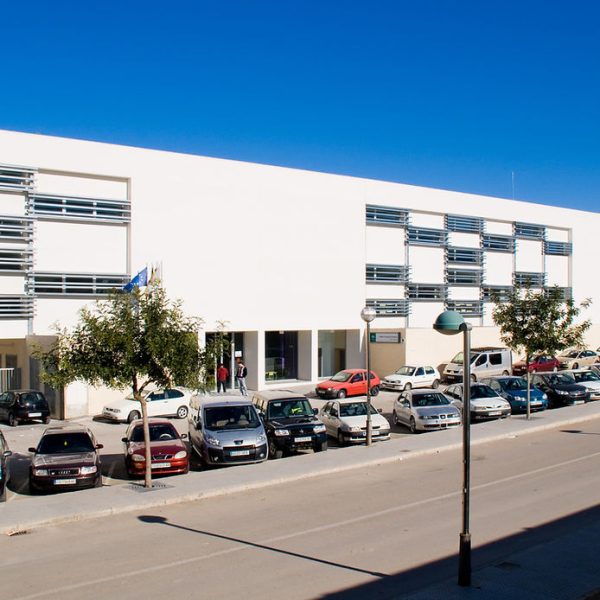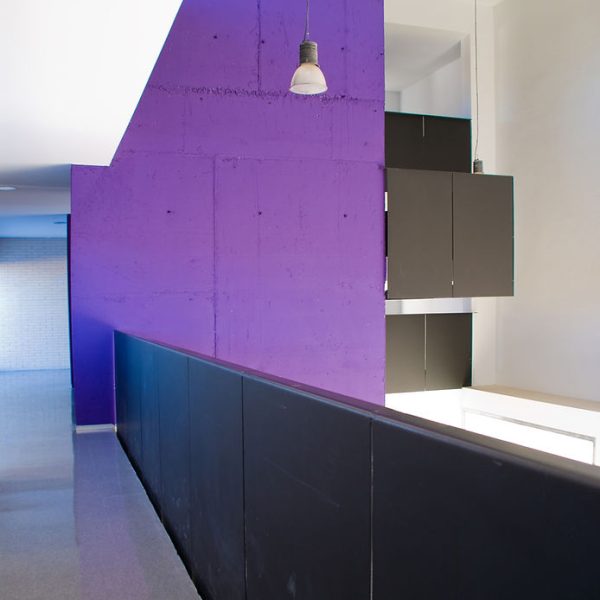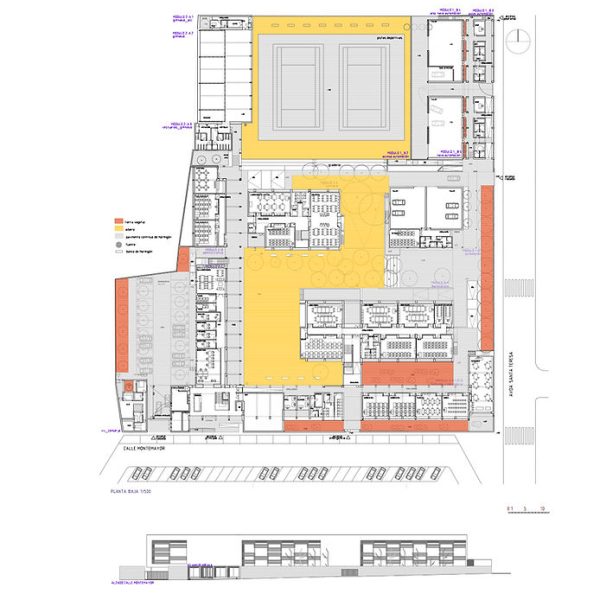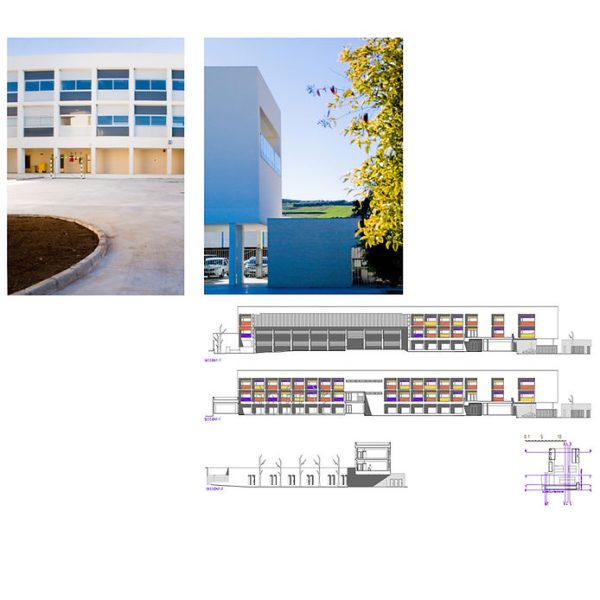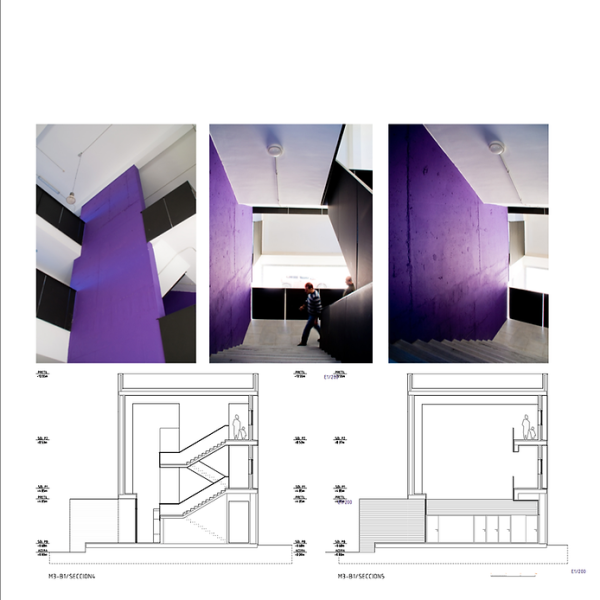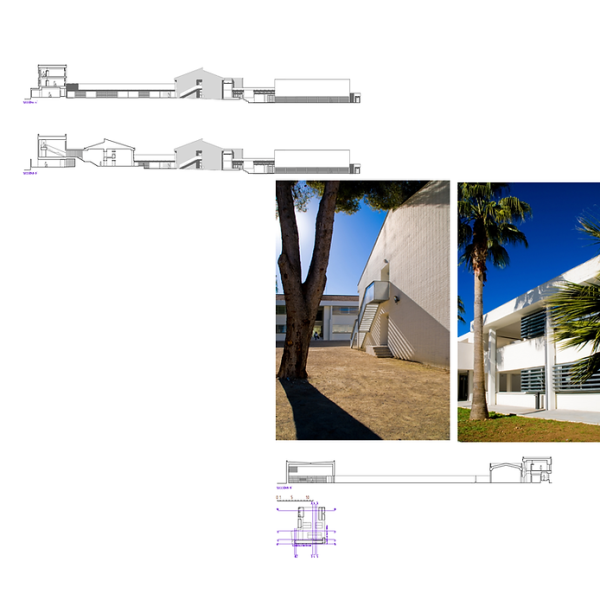Ampliación y Reforma IES Juan de Aréjula
Lucena, Córdoba. 2011
Promoter: ISE Junta de Andalucía
Construction company: Acciona, SL
Budget: 5.348.964,66 euros
Architects: Giudecca Arquitectos
Photographs: Fernando Carrasco
The project addresses the expansion and reform of the IES Juan de Aréjula, a building constructed in different stages that consisted of seven buildings; the oldest E and F buildings whose demolition was proposed since the announcement of the competition. The buildings A, B, C , built approximately at the same time and that the project contemplated its redistribution; the A forming part of the high school program, the B of the Automotive training cycle and the C of the Sanitary training cycle. Building D is a project from the nineties, in which it was proposed to redistribute it for the administrative training cycle and to relocate the cafeteria to this module. Finally, the adaptation and extension. The buildings to be rehabilitated are not very interesting from the architectural point of view. The problems derived from the age of the building and its continued use are superimposed on the lack of spatial quality, with insufficiently lit spaces, insufficient scale, and with partial reorganizations of its programs that have contributed to further deterioration of the space. The project proposes a perimeter piece of new construction, which acts as an envelope for the existing buildings, relating them in different points and assuming all the programmatic complexity. A continuous base is built that maintains the autonomy of the existing pieces but at the same time stitches them together and inserts them into a new building that has the vocation of building the limit of the plot, generating a new facade and a formal perception different to the existing one. The construction of this base is filled or diluted according to the programmatic needs. It is in the south facade where it becomes denser to contain the almost integral program of the D3, in a piece of three floors, which modifies the accesses to the building creating an entrance piece at two heights that formalizes the importance of this point of the project. The new building envelope always follows the same guidelines: it is blinded on the ground floor, to contain the program spaces or garden voids and is perforated in some points to show the voids of the plot. When it acquires a greater programmatic density, a second building bay is added, reaching one or two floors and always showing the exterior of the building in a veiled manner, the routes and life that the communication galleries of a building such as this have. Therefore, the new limit of the building complex becomes very opaque on the ground floor, to show us when that height is exceeded all the dynamism of an educational centre.
